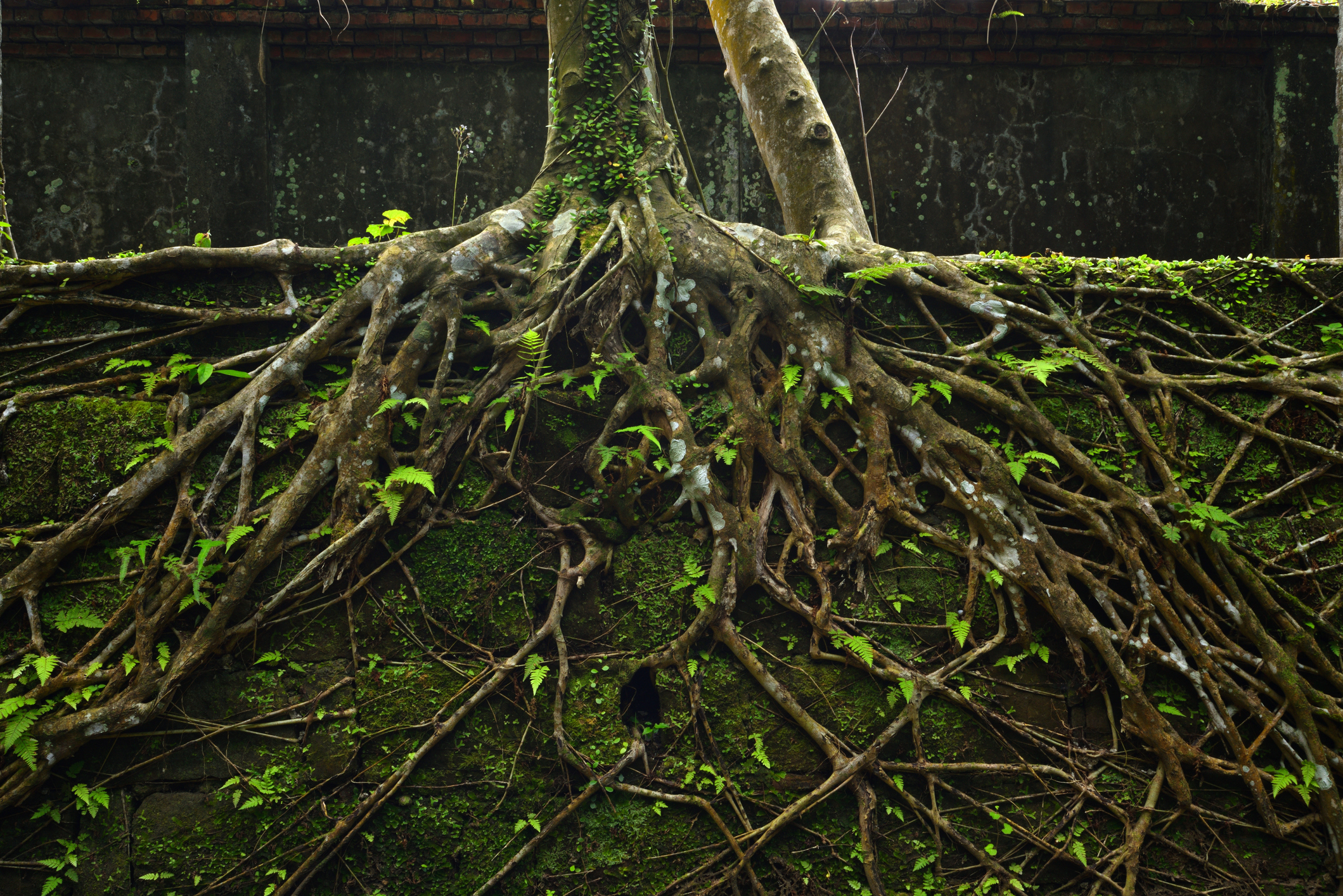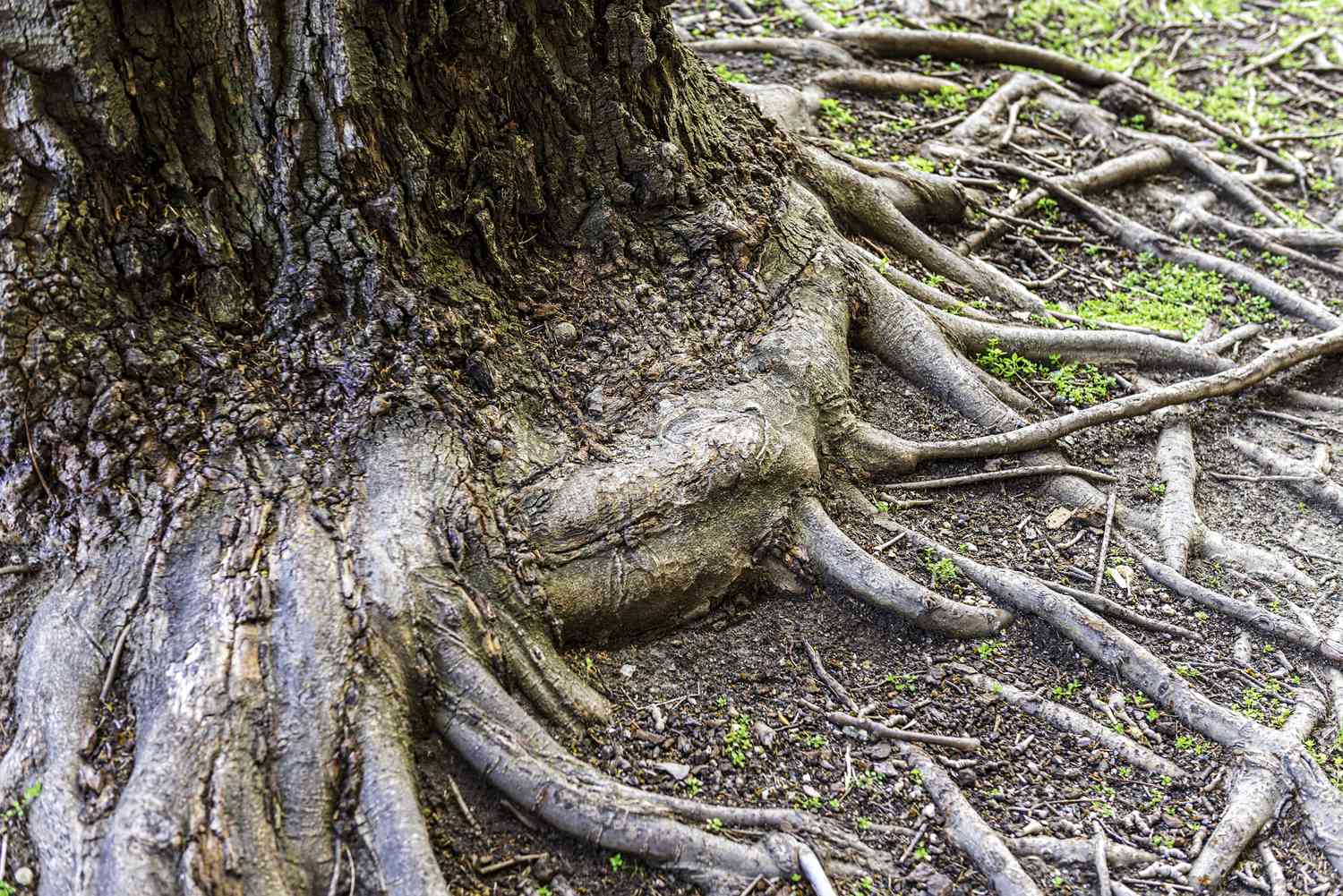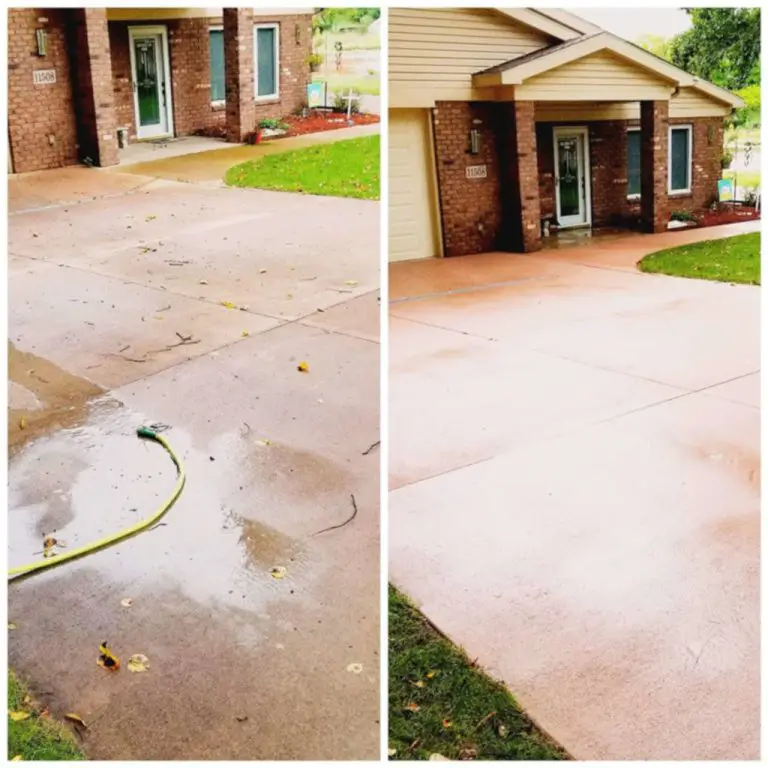3 Major Problems With Tree Roots In Gardens
Tree roots can be a beautiful asset to your garden, but they can also be a major problem. Tree roots can cause damage to your garden, interfere with the growth of other plants, and even cause structural damage to buildings and pavements. In this article, we will discuss three of the major problems that tree roots can cause in gardens. These include root competition, root damage, and root invasion. We will also discuss how to manage these problems and keep your garden and structures safe.
:max_bytes(150000):strip_icc()/GettyImages-1060927876-1df82543283a49d9b29b734d84665641.jpg)
Image source: https://www.thespruce.com
Signs of Tree Root Damage
Tree roots can cause damage to gardens in a variety of ways, and the consequences can be costly. Before we dive into the major problems, it’s important to understand the signs of tree root damage. If you’re a homeowner who maintains a garden, this is essential knowledge that can help you prevent or mitigate damage to your property.
The most common signs of tree root damage are visible cracks in the soil, sunken or raised patches in the lawn, and plants or grass that are discolored or wilting. These can all be indications that the roots are too close to the garden, and further damage may occur if they are not addressed.
Other signs include damaged or uprooted plants, tree trunks that are tilted in a specific direction, and water pooling around the tree. If you notice any of these signs, it’s important to call a professional arborist or tree service to assess the situation and determine the best course of action.
In addition to knowing the signs, it’s also important to understand the potential problems that can arise from tree roots in gardens. Knowing this information can help you take the necessary steps to protect your garden and property.
Causes of Tree Root Damage
Tree roots can cause significant damage to gardens, especially in urban areas. Trees, especially those with shallow root systems, can cause problems ranging from cracked foundations to damaged sidewalks and driveways. While these issues are often hard to avoid, understanding the causes of tree root damage can help you take preventative measures.
One of the most common causes of tree root damage is soil compaction. When soil becomes compacted, it loses its ability to retain water and nutrients. This can cause the roots to become dry and brittle, leading to cracking and breakage. Additionally, when soil becomes too hard, it can restrict the growth of tree roots, leading to stunted growth.
Another cause of tree root damage is improper pruning. Pruning a tree incorrectly can leave the roots exposed, making them vulnerable to damage from foot traffic, animals, and machinery. Additionally, incorrect pruning can leave the tree unbalanced, increasing the chances of breakage.
Finally, poor soil drainage can also lead to damage from tree roots. When soil is too wet for too long, it can cause root rot, which can damage and weaken tree roots. Additionally, poor drainage can cause waterlogging, which can lead to root suffocation and nutrient deficiencies.
By understanding the common causes of tree root damage, you can take steps to prevent it from occurring. Properly pruning trees, avoiding soil compaction, and improving drainage can all help protect your garden from the damaging effects of tree roots.
Prevention of Tree Root Damage
Most gardens have a few trees that provide shade and beauty. However, tree roots can cause major problems for garden owners. Tree roots have the potential to disrupt underground pipes and bury essential garden features. They can also cause the soil to become compacted and cause damage to adjacent structures. Fortunately, there are a few steps gardeners can take to prevent tree root damage.
First, consider planting trees in raised beds or containers, as this will limit the spread of their roots. Additionally, consider planting trees in areas of the garden that have plenty of space for the roots to spread out without coming into contact with other structures. Second, consider the type of tree being planted. Certain species have shallower roots and are less likely to cause damage to underground pipes. Lastly, tree roots should be trimmed regularly to reduce their spread and potential for damage. Pruning should be done carefully and in accordance with the guidelines provided by the tree species.
Taking these steps can help protect gardeners from the potential problems posed by tree roots. By properly planning where trees are planted, selecting the right species, and regularly maintaining them, gardeners can avoid costly repairs and headaches caused by tree roots.

Credit: www.homesandgardens.com
Managing Existing Tree Root Damage
in Your Garden
Tree roots are integral for a healthy garden; however, when they become too large or don’t get enough space, they can cause a few problems. From cracked foundations to compacted soil, a tree root system can cause a lot of damage. If you’re dealing with existing root damage in your garden, there are a few steps you can take to manage it.
One of the most important steps is to increase the amount of air and water in the soil. Compacted soil can be improved using aeration techniques, such as using a spade or aerator. Aerating the soil helps break up the compacted soil and allows more water and nutrients to reach the tree roots. Additionally, adding organic matter to the soil can improve its structure, allowing for better root growth.
Another step to managing tree root damage is to prune the roots. Pruning helps to reduce the size of the root system and helps to encourage new root growth. Pruning roots should be done carefully, as it can damage the tree if done incorrectly. Additionally, you can also consider transplanting the tree if the root damage is extensive.
Finally, it’s important to ensure that your garden has adequate drainage. Poor drainage can lead to waterlogged soil, which can cause root rot and other issues. Installing a drainage system can help to reduce the amount of standing water and encourage healthy root growth.
By taking a few steps to manage tree root damage, you can ensure that your garden remains healthy and your trees remain in good condition. With the right care and attention, you can restore your garden to its former glory.
Soil Preparation for Tree Roots
Having a garden full of healthy trees is a wonderful thing to behold. Unfortunately, tree roots can become a major problem if they are not properly managed. Poor soil preparation can lead to root rot, root constriction, and other problems that can significantly reduce the health and lifespan of your trees. To avoid these issues, it’s important to understand the needs of your trees and the type of soil preparation required to keep them healthy and thriving.
When planting a tree, it’s important to provide the right environment for the roots to grow and develop. This includes choosing a soil type that is well-draining, has a neutral pH, and contains enough nutrients for the tree. Additionally, the soil needs to be loosened and aerated to ensure that the roots have plenty of room to spread and breathe. If soil compaction is a concern, it may be necessary to add organic matter and amend the soil to make it more conducive to root growth.
Finally, it’s essential to ensure that the soil around the tree is regularly checked and cultivated to maintain proper drainage and oxygenation. This can be done by using a hoe or rake to stir up the soil and prevent compaction. Mulching can also help to keep the soil light and airy and provide essential nutrients to the tree’s roots. With the right soil preparation, you can ensure that your trees will have the best possible chance of health and longevity.
Tree Root Removal Solutions
Tree roots can cause serious damage to your garden, whether they’re blocking pathways, disrupting soil, or causing structural damage to your home. Fortunately, there are a few solutions to help you manage and mitigate these problems.
One of the most common solutions to tree root problems is root pruning. This is when a professional arborist cuts away the roots of a tree around the perimeter of the garden to prevent it from spreading outwards. This can help to reduce the amount of root interference with pathways and other features while preserving the health of the tree.
Another potential solution is to install root barriers around the perimeter of the garden. These are sheets of material that are inserted into the soil to prevent roots from growing into the area. This can help to keep the roots away from pathways, foundations, and other features that could be damaged by roots.
Finally, if the tree is causing structural damage to your home, you may need to have it removed. This should always be done by a professional arborist, who can properly remove the tree and roots, as well as any associated debris.
If you’re dealing with tree root problems in your garden, these solutions can help you manage and mitigate the damage. Root pruning, root barriers, and tree removal can all help to keep your garden healthy and safe.
Alternatives to Tree Root Removal
Tree roots can cause a significant amount of damage to a garden. Removing the tree completely may seem like the only viable solution to this problem, but there are alternative methods to consider. Pruning the roots can reduce their impact on the garden and prevent further damage from occurring. Installing root barriers can also help to keep tree roots from spreading out and wreaking havoc in the garden. Additionally, planting trees farther away from the garden can help to reduce the risk of root damage. All of these methods can help to reduce the impact of tree roots on a garden without having to remove the tree.
Conclusion
Tree roots can cause a variety of problems in gardens. While small trees can be very beneficial for providing shade and beauty, larger trees can cause damage to pathways, patios, and other structures. Additionally, tree roots can cause water drainage problems and compete for nutrients with other plants. Finally, tree roots can also lift and crack paving and interfere with underground utilities. Taking the time to understand the impacts of trees and their roots can help gardeners to better manage their trees and gardens.







